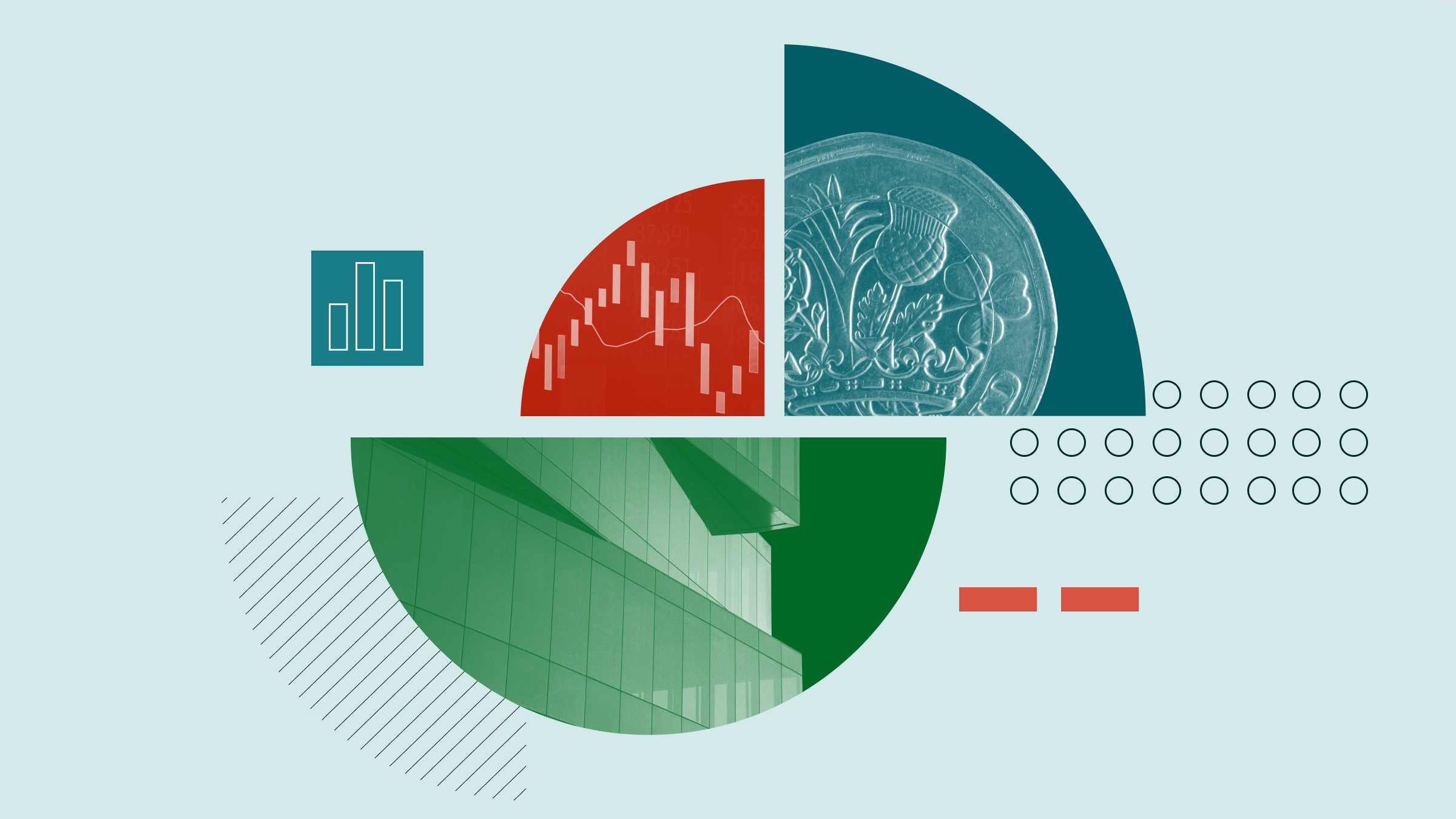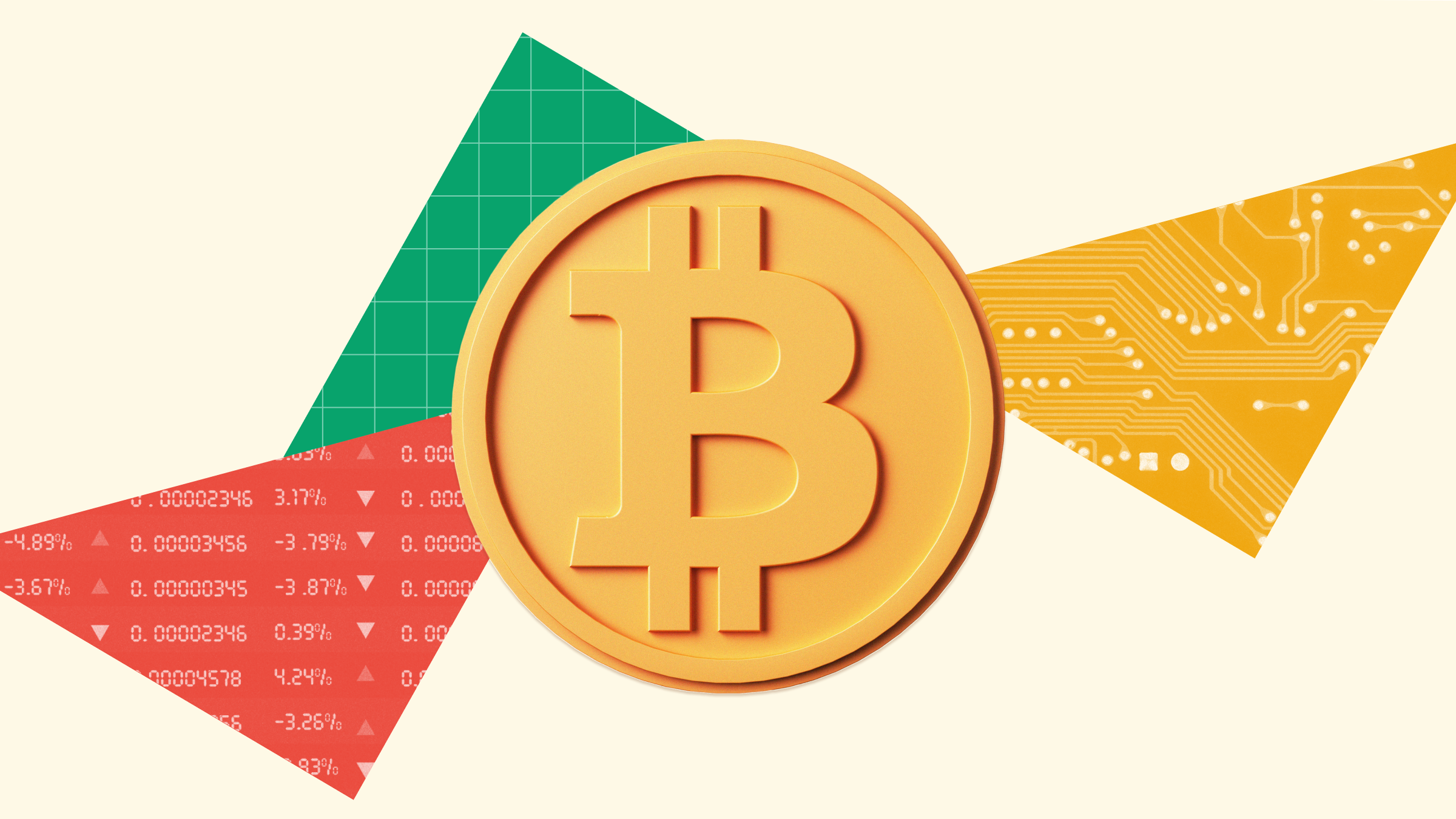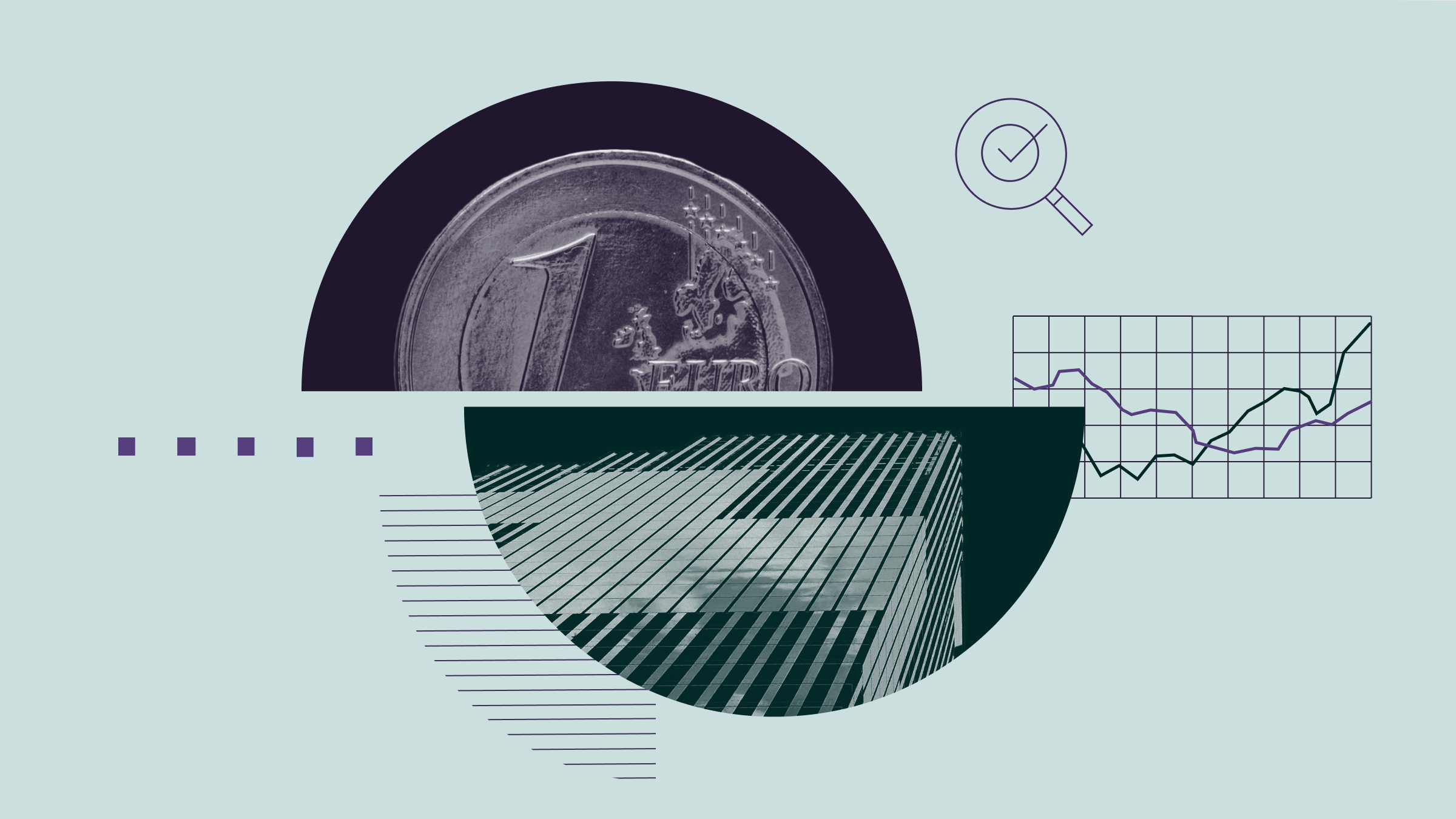
Gold has returned above the $3,000 mark after two days of declines as global markets braced for a spiraling trade war. Just like the decline in US Treasuries, the drop in the gold price seemed to contradict the familiar dynamics of safe-haven assets.
Spot gold prices dropped 4.1%, marking the biggest two-day selloff in dollar terms since April 2013, at a time when many investors expected safe-haven assets to rally.
A decline that Ned Naylor-Leyland, manager of Jupiter AM Gold & Silver Fund, explains as “a rush into cash for traders,” claiming that it had “nothing to do with long-only investors”.
Since then, though, gold has recovered and has again passed the symbolic bar of $3,000 an ounce, as investors are increasingly concerned about a global trade war and a possible recession, while the US dollar continues to weaken.
Historically, gold has been considered a safe haven asset in times of uncertainty, and a protection from inflation.
“Volatility in the equity markets also affected gold, however, I do not think that this movement will change the underlying strength of the yellow metal,” says Maurizio Mazziero, a financial analyst and commodities expert. Mazziero believes that “as happened in 2020 at the time of covid, the sharp declines in equities generated profit-taking on gold after an extremely positive period.”
“From a technical point of view, above $2,850 we still remain in a positive momentum, below that things could change,” he adds.
According to Daniel Marburger, CEO of StoneX Bullion, a platform for trading precious metals, this two-day correction was not a “loss of confidence in gold.” He believes that “institutional investors were forced to liquidate positions in gold to quickly raise liquidity to cover losses caused by sharp declines elsewhere.”
Gold’s Support Level at $3,000 Holds
“The $3,000 threshold has become a clear psychological anchor for the market, and it is proving to be a strong support level: Whenever the price falls below, we see immediate and considerable buying, especially by retail investors,” says Marburger, adding that he saw “order volumes quadruple from the previous week.”
Precious metals exchange-traded funds, mainly ETFs exposed to gold, registered the largest quarterly inflow of $4.9 billion in three years from January-March 2025, as Morningstar data shows.
Additionally, fears of stagflation in the US, where inflation risks are rising while economic growth slows, have made gold more attractive as an inflation hedge.
“Central banks, including China, Russia, and the Czech Republic, have also been accumulating gold, signaling confidence in its long-term value as a store of wealth,” says Roberta Caselli, commodities investment strategist at Global X.
What to Expect from Gold Now
Morningstar’s senior US economist Preston Caldwell placed the likelihood of a recession in the United States at 40-50% over the next 12 months. Market participants are starting to price in several rate cuts by the US Federal Reserve this year, which is supporting gold.
In such an environment, Jupiter’s Naylor-Leyland expects that “gold will keep going higher in all currencies, as it is returning to its traditional role as principle risk-free, above US Treasuries, and pristine monetary collateral.”
“Markets will continue to favor haven assets such as gold amid geopolitical tensions. This is further evidenced by record gold investments in China, with retail investors pouring billions into gold-backed ETFs in the last week,” GlobalX’s Caselli says.
Caselli says that “despite short-term headwinds, gold’s role as a hedge against economic and geopolitical uncertainty should continue to support its value in the long run.”
“All investors should consider that central banks hold large amounts of gold for exactly this kind of environment,” Naylor-Leyland says.
The author or authors do own shares in any securities mentioned in this article. Find out about Morningstar's editorial policies.



























